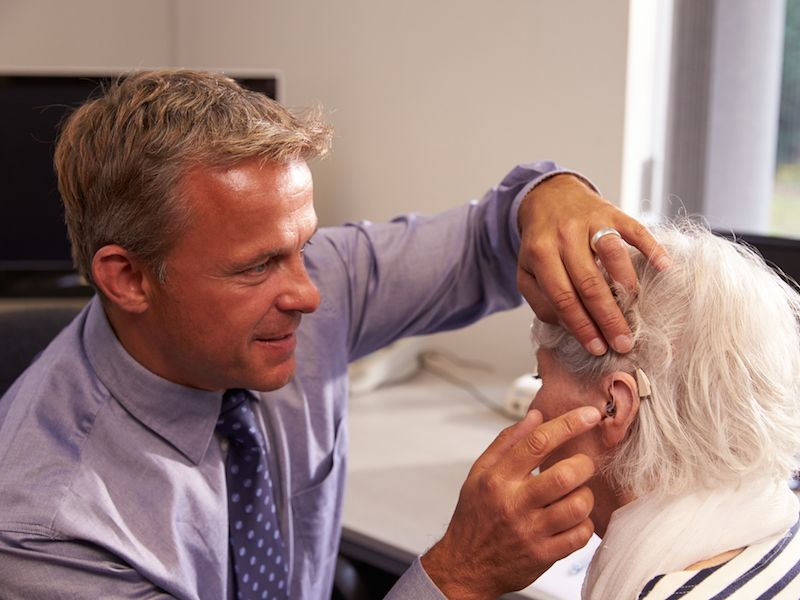The numbers don’t lie: you will probably need hearing aids eventually. A quarter of individuals from 60 to 75, according to an NIDCD study, have loss of hearing and for individuals over 75 this number increases to 50%. But how can you be sure which model is correct for you when you realize it’s your best opportunity to combat hearing loss? Advancements in technology over the years have fixed some of the problems traditionally connected to hearing aids, including an excessive amount of background noise and susceptibility to water damage. But there’s still a great deal you need to know when picking out a hearing aid to make sure it works with your lifestyle.
Pay Attention to Directionality
Directionality is one crucial function you should look for, which is your hearing aid’s ability to focus on the specific noise near you (such as a discussion) while reducing background sound to a minimum. One, or both, of two types of directionality systems are operating inside most hearing aids, they either focus in on sound directly in front of you, or they focus on sound coming from different speakers and sometimes do both.
Can You Use it With Your Phone?
It’s become obvious, we’re addicted to our cellphone as a country. Even if you don’t have a smartphone, it’s likely you have an old-style cell phone. And for those few who don’t actually have a cell phone, you most likely still have a land-line. So, the way your hearing aid works with your phone is an essential consideration when you’re shopping for hearing aids. How does it sound? Do voices sound clear? Is it Comfortable? Is it Bluetooth Ready? These are all of the things you should take into consideration when selecting new hearing aids.
Are You Inclined to Wear it?
As mentioned above, hearing aid technology has advanced tremendously over the last few years. One of those advances has been the size and shape of hearing aids, which have trended in the smaller and more comfortable direction. But there are definitely pros and cons. It depends on what your specific needs are. A smaller hearing aid is not as obvious and may fit better but a larger one could be more powerful. The little ones won’t have the features of the larger models and they could get clogged with earwax but they do fit inside your ears virtually invisibly. On the other side of it, better directionality functions and more advanced sound amplification choices come with a behind the ear hearing aid even though it’s a little larger.
Exposure to Specific Background Noises
Wind noise has been an extreme problem for hearing aid users since they were developed. It could have driven anyone insane to go out on a windy day and hear nothing except the wind. you live in a windy area or if you’re an outdoor kind of person so you’ll want to suppress wind noises with your hearing aid choice so that conversations won’t have that aggravating wind howl. Searching for more information about how to select the correct hearing aid? Give us a call.

